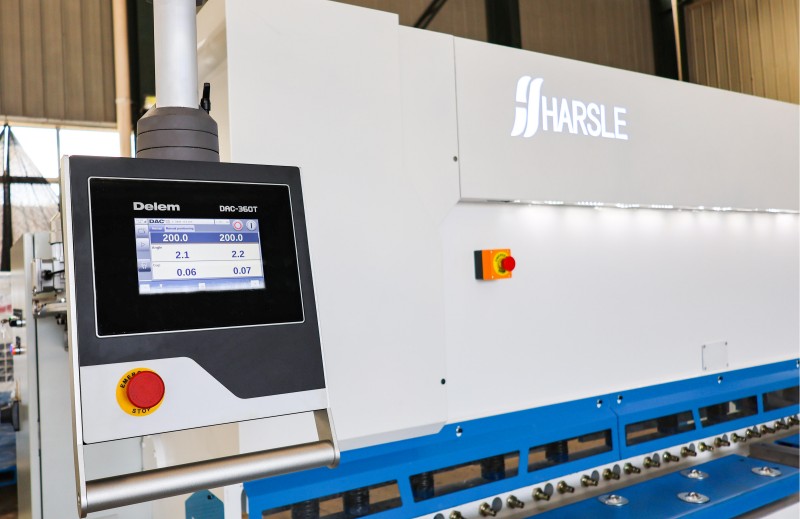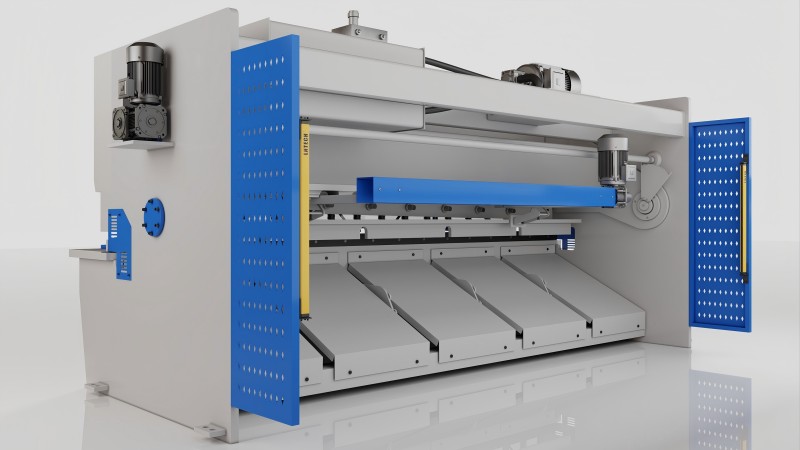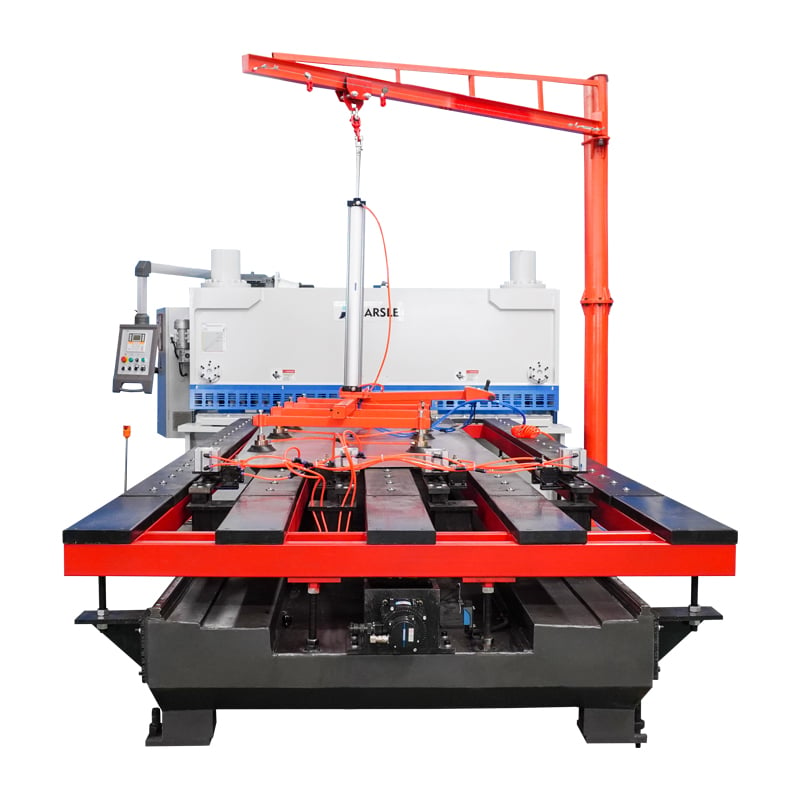Documentation Hub
Comprehensive technical manuals and guides to help you master HARSLE machines and optimize your metalworking efficiency
How to Choose CNC System and Automation Options for Shearing Machines?
Choosing the right CNC system and automation options for shearing machines is crucial for improving productivity, accuracy, and overall efficiency in your metalworking processes. If you’re looking to enhance your shearing operations or are unsure where to start, this guide will help you make the best choices for your needs. I’ll explain the key components of CNC systems, automation features, and how to choose the right combination to optimize your shearing operations.
Understanding CNC Systems for Shearing Machines
When choosing a CNC system for your shearing machine, understanding the key features is essential for ensuring smooth and efficient operations. Let’s break down the most critical components.
CNC Controller

The CNC controller is the central component of any automated shearing machine. It interprets input instructions and controls machine movements. Look for a controller with a user-friendly interface, ample memory for program storage, and the ability to handle the complexities of your shearing tasks. A modern CNC controller can greatly reduce setup time and improve cutting accuracy.
Drive System (Hydraulic or Mechanical)
Shearing machines are typically equipped with either a hydraulic or mechanical drive system. Hydraulic systems offer smoother and more adjustable cutting motions, making them ideal for thicker materials. Mechanical systems, on the other hand, are often faster and more suitable for lighter operations. Your choice between these two systems depends on the materials you process and the volume of production.
Backgauge and Positioning Systems

Backgauges are essential for ensuring precision when cutting sheets. A CNC-controlled backgauge can be programmed to adjust automatically, improving both accuracy and speed. The ability to store multiple backgauge positions in memory is useful for repeated jobs and ensures consistency across production runs.
Automation Options for Enhanced Efficiency
Automating your shearing machine is one of the best ways to reduce human labor and increase production efficiency. Let’s take a look at the automation options available and how they can benefit your operations.
Automated Sheet Feeders

Sheet feeders automatically load materials into the shearing machine, reducing the need for manual labor and improving the speed of the process. This is especially beneficial if you work with large volumes of sheet metal. An automated sheet feeder will save time, reduce errors, and increase the consistency of your cuts.
Sorting and Stacking Systems
After shearing, the next step is sorting and stacking the cut pieces. Automated sorting systems can direct cut parts to designated bins or stacks based on size or type. This helps streamline the workflow and minimize manual handling, making your process more efficient and reducing the risk of damage to the finished parts.
Safety and Monitoring Systems
As with any automated machine, safety is a top priority. Modern CNC shearing machines come equipped with sensors and safety monitoring systems that can detect potential hazards and stop the machine if necessary. These systems help protect both operators and the machinery, ensuring that your automated system operates safely.
Selecting the Right Combination of CNC System and Automation Options
Choosing the right CNC system depends on several factors, such as the type of materials you process, the production volume, and the complexity of your projects.
Assessing Your Production Needs
If your production is high-volume and involves handling a variety of materials, investing in an advanced CNC system with high customization and automation features is recommended. Conversely, if you handle small batches of specific materials, a simpler CNC system may suffice.
Budget Considerations

While automation systems and advanced CNC controllers can significantly enhance performance, they also come with a higher initial cost. Evaluate your budget and the potential return on investment before making a decision. Consider the cost savings from reduced labor, fewer errors, and enhanced efficiency.
Integration and Support
It’s important to select a CNC system that can integrate seamlessly with your existing equipment and software. Additionally, ensure that the manufacturer provides excellent customer support for troubleshooting and maintenance.
FAQ
What is the difference between hydraulic and mechanical CNC shearing systems?
Hydraulic systems offer more precision and control, especially for thicker materials. They are ideal for projects that require varying cutting pressures. Mechanical systems are generally faster and are suited for lighter materials or higher-speed production.
How do I optimize the automation process for shearing?
To optimize automation, incorporate automated sheet feeders, backgauges, and stacking systems. These features significantly reduce manual labor and increase cutting efficiency, especially for large or repetitive tasks.
What maintenance is required for CNC-controlled shearing machines?
Regular maintenance is essential to keep the CNC system running smoothly. This includes cleaning, lubrication, and checking for wear on critical components like the backgauge and drive systems. Routine diagnostics can also help identify potential issues before they cause downtime.
Conclusion
Choosing the right CNC system and automation options for shearing machines can drastically improve your operational efficiency, reduce human error, and boost overall productivity. By carefully evaluating your production needs, budget, and available features, you can make an informed decision that aligns with your business goals. If you need personalized advice or help selecting the right system, don’t hesitate to contact us for more information.
By implementing the right combination of CNC and automation technologies, your shearing operations will be more accurate, efficient, and safe, ultimately giving your business a competitive edge in the industry.













